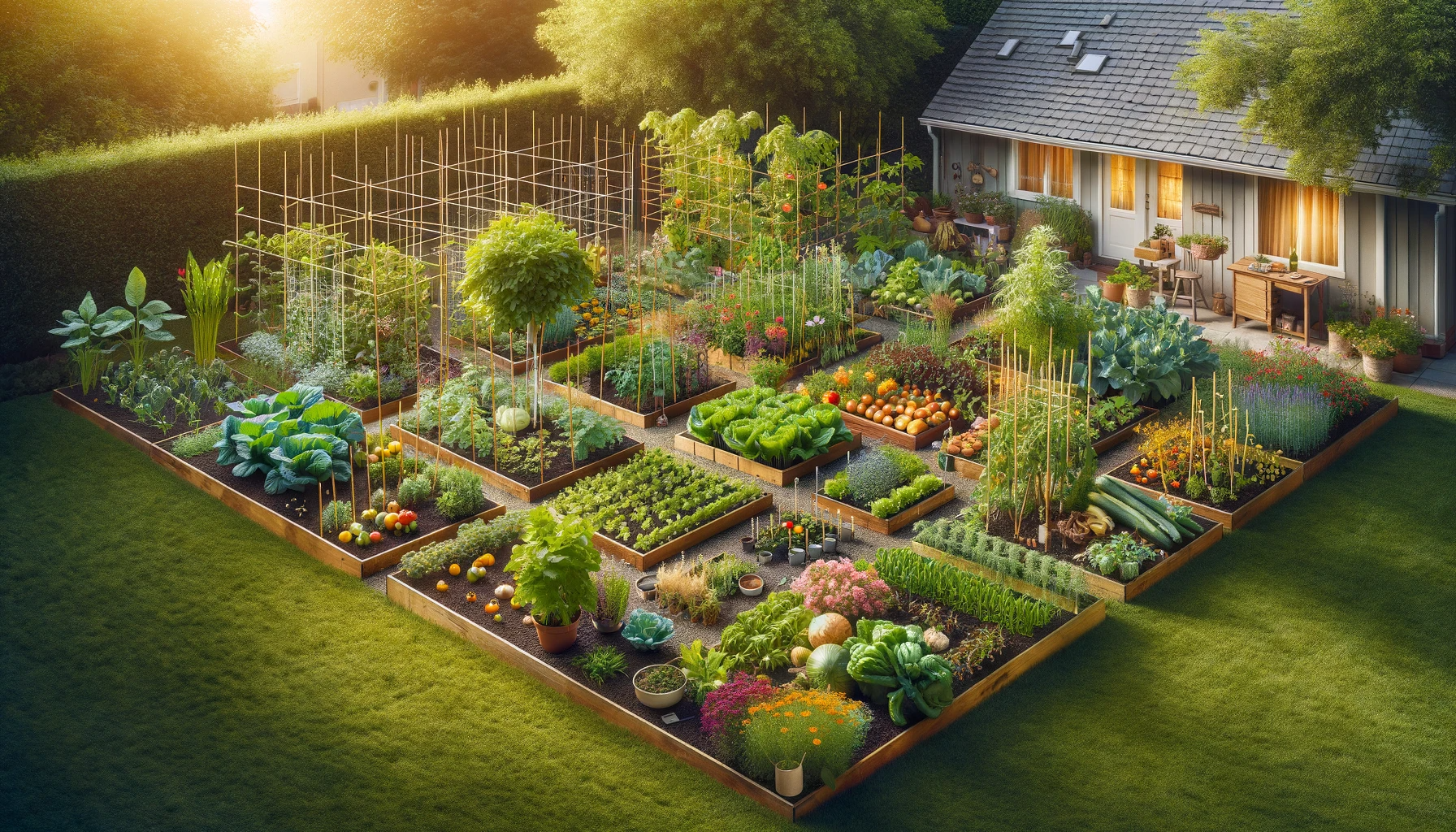Intercropping is an agricultural practice that integrates multiple crops into the same field in order to increase biodiversity and increase productivity. In the landscaping field, this practice can be used to create biodiverse and aesthetically pleasing landscaping.
Here are 5 tips for intercropping biodiverse landscapes:
Tip 1: Choose Appropriate Plants
When choosing plants for your intercropping landscape, it is important to select species that can coexist in the same environment. Different plants will have different needs in terms of light, moisture, nutrients, and soil pH. Be sure to research the plants you plan to use and make sure they can thrive in similar conditions. Also, consider the size and growth habit of the plants to ensure they do not compete with each other for resources.
Tip 2: Plant in Groups
When planting your intercropping landscape, it is important to group your plants together in a way that will maximize their potential. Group plants with similar needs together and keep plants with different needs separate. This will help ensure that each plant is getting the resources it needs to thrive.
Tip 3: Provide Adequate Space
When planting your intercropping landscape, be sure to provide adequate space between plants. This will help prevent competition among plants and also make it easier to maintain.
Tip 4: Mulch and Compost
Mulching and composting are important practices to help maintain and improve the health of your intercropping landscape. Mulching will help lock in moisture and keep the soil temperature consistent. Composting will add nutrients to the soil and help your plants thrive.
Tip 5: Monitor and Maintain
Intercropping landscapes require regular maintenance and monitoring in order to remain healthy and productive. Be sure to monitor your plants for signs of disease or pest infestations and take steps to address them. Also, be sure to prune and trim plants as needed in order to keep them healthy and productive.
Conclusion:
In conclusion, intercropping is a great way to increase biodiversity and productivity in a landscaping setting. By following these 5 tips, you will be able to create a healthy and beautiful intercropping landscape. Be sure to research your plants, group them appropriately, provide adequate space, mulch and compost, and monitor and maintain your landscape to ensure your intercropping landscape is successful.

